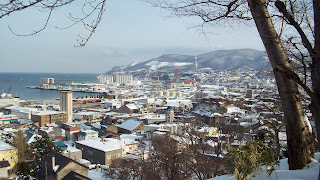


Madurai is near the southern extent of India, tucked in the foothills where the eastern and western ranges meet. It was also the ancient meeting place of the scholars of Hinduism and is now home of the famous Sri Meenakshi Temple. The temple covers six hectares, or about four city blocks, and is surrounded by walls with an entrance in each cardinal direction that sit beneath impressive Dravidian towers up to 150 feet tall covered in ornate and colorful depictions of Hindu gods and goddesses. Inside there are eight more towers in the same style of various heights. Unfortunately, I was visiting at the wrong time of the wrong year, because they are all covered in scaffolding and banana leaves for repainting, which is done every 12-15 years (depending on which guide you speak to). At any rate, they will be uncovered in may as part of a large celebration which will bring pilgrims from around the world to this holy site. I was fortunate not to have huge throngs of pilgrims, and visited in the cool of the morning before the crowds of tourist arrived as well. Within the walls of the temple complex is a labyrinth of halls, statues and honoring many of the millions of Hindu gods and goddesses as well as a museum in the hall of one thousand columns... however there are actually only 985. I don't know what happened to the other fifteen, possibly budget cuts or the fall of dynasties cut the hall short. Today the museum is also under renovation so I was unable to explore all of its depths. One of the best views is from the Pool of the Lotus, where pilgrims once bathed before entering the main temples.
Madurai is also home of the Gandhi museum, which is ironically located in a palace built in Western styles of the era of British control, from which Gandhi had spent his life trying to gain India's Independence. The museum provided a good summary of the events, during British rule, that led up to and included Gandhi's lifework for the people of India and his death by assassination from the very people he committed his life to serve. His plight, methods and ability to motivate the population was similar to Martin Luther Kings, however he had to influence the international arena to free India from British rule as well as the population of India at large to change some of the laws of caste that divided the nation. It is an amazing testament to the selfless commitment to a cause for the greater good of of man kind.




































